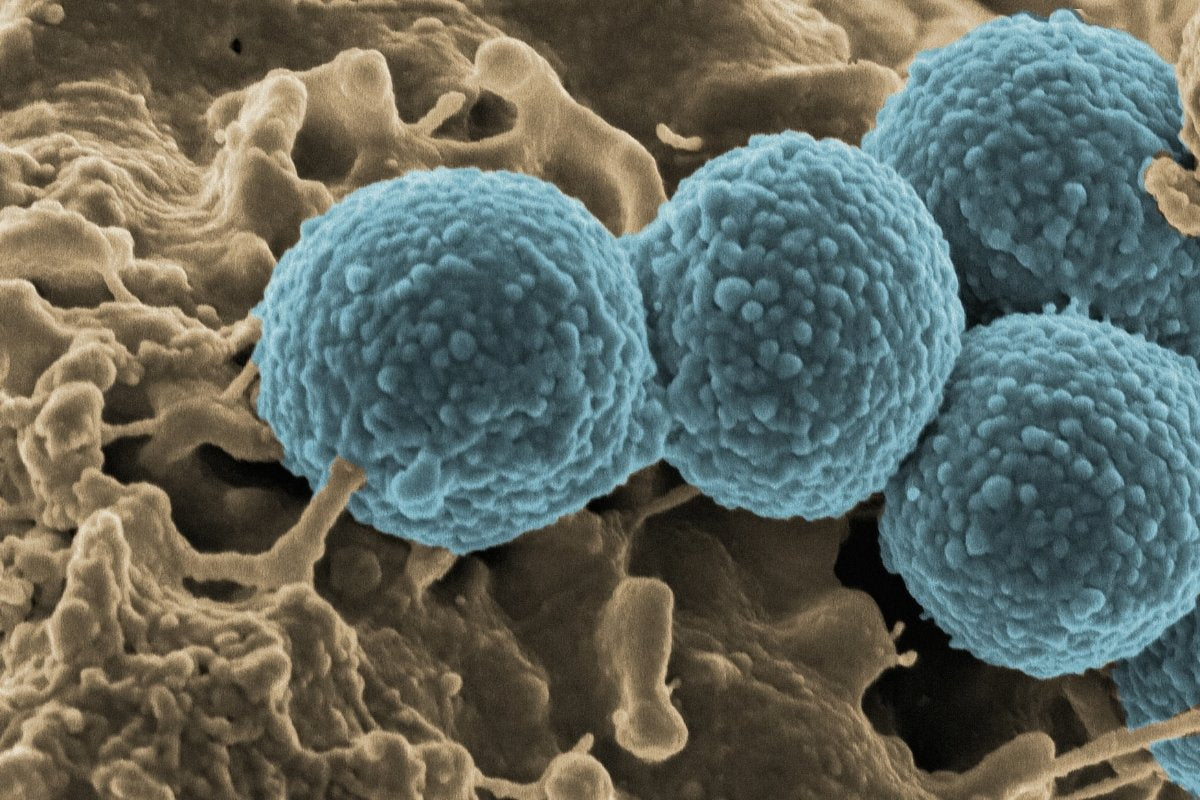Your skin has its own universe: discover the skin microbiome

Would you believe me if I told you that millions of microorganisms live on your skin and work for you every day? You can't see them, but they're there, forming an ecosystem that is as fascinating as it is essential for keeping your skin healthy, strong, and balanced. This ecosystem is called the skin microbiome. Understanding it completely changes the way we care for our skin.
What is the skin microbiome?
The skin microbiome is the collection of bacteria, fungi, and other microorganisms that naturally inhabit our skin. It may sound strange, but they are your best allies. They live with you in perfect symbiosis, helping to protect you from external aggressions and maintain the balance of your skin barrier.
Think of your skin as a city. Each area (forehead, cheeks, neck, hands) has its own neighborhood of microorganisms adapted to the environment's humidity, oiliness, or dryness. Just like in any city, when there is order and balance, everything works well. However, when that balance is disrupted, problems arise, such as irritation, acne, dryness, and sensitivity.
The most fascinating thing is that each microbiome is unique, like a fingerprint. Factors such as genetics, age, climate, diet, and the products you use determine the composition of that microscopic community.
The importance of the microbiome: your invisible shield
Your microbiome not only lives on your skin, it also interacts with it. Its main function is to act as a living barrier that protects you from harmful bacteria, allergens, and pollutants. When balanced, it helps:
- Protect the skin barrier: It prevents harmful microorganisms from colonizing your skin and keep infections at bay.
- Regulate the immune system: It teaches your immune system to distinguish between what is a real threat and what is not.
- Reduce inflammation: Beneficial microorganisms help soothe the skin and prevent redness.
-
Promote regeneration: Certain components of the microbiome influence the skin's repair and recovery processes, especially in cases of damage or inflammation.
In short, if your skin looks radiant, smooth, and balanced, your microbiome is probably functioning properly.
What damages your skin microbiome?
Despite its strength, the microbiome is delicate. Our daily habits can alter it without us even realizing it. These are its main enemies:
1. Skincare products that are too harsh
Cleansers containing alcohol, sulfates, or strong fragrances eliminate both good and bad bacteria. In other words, they wipe out everything.
2. Excessive cleansing
Washing your skin too often or with very hot water can remove its protective layer of lipids and microorganisms.
3. Unnecessary use of antibacterial agents or antibiotics
These products kill microorganisms indiscriminately and can lead to bacterial resistance, weakening the natural balance.
4. Stress and lack of sleep
Chronic stress and insufficient rest can alter the microbiota of the gut and skin, causing inflammation and sensitivity.
5. Unbalanced diet
Emerging evidence suggests that the gut and skin microbiomes are more connected than previously thought. A diet low in fiber, antioxidants, and healthy fats can directly impact your skin's health.
How can you tell if your microbiome is healthy?
Your skin speaks to you; you just have to know how to listen. When your microbiome is balanced, you will notice the following:
- Even texture with no dry or rough areas.
- Natural radiance and an even tone.
- Less sensitivity and good tolerance to skin care products.
-
Stable hydration and a feeling of comfort throughout the day.
If you notice tightness, redness, flaking, or recurring breakouts, however, your microbiome may be out of balance. In that case, the goal should be to restore balance, not to "clean more."
What your microbiome needs to be in balance
The good news is that you can take care of your skin microbiome by making a few simple changes to your routine.
1. Choose gentle, skin-friendly cleansers
Opt for formulas that cleanse without stripping the skin's natural lipid barrier. For most people, a slightly acidic pH level between 4.5 and 5.5 promotes a stable environment for the microbiome.
2. Moisturize your skin daily
Moisturizing creates the perfect environment for good bacteria to thrive. Ingredients such as hyaluronic acid, glycerin, and natural oils help maintain that stability.
3. Incorporate prebiotics and probiotics
Prebiotics feed good bacteria, while probiotics are the beneficial microorganisms themselves that reinforce balance. Both help repair and strengthen the skin barrier.
4. Protect your skin from environmental stress
Pollution, UV radiation, and lack of sleep can directly affect the microbiome. The key is to protect and repair, not apply layer after layer of product.
How Hecary helps care for your microbiome
At Hecary, we believe healthy skin requires balance. That's why we formulate each product to preserve your skin's natural ecosystem without disrupting it.
Our Headlight Routine™, consisting of Miroir (cleanser gel), Oriente (antioxidant serum), and Meridian (repairing cream), is designed to respect the skin's natural pH, strengthen the skin barrier, and promote a balanced microbiome.
- Miroir gently cleanses without stripping away natural oils or disrupting good bacteria in your skin.
- Oriente provides antioxidants and botanical extracts that reduce inflammation and improve skin resilience.
- Meridian repairs the skin and strengthens its barrier function with ingredients that nourish the cells and their surrounding ecosystem.
The skin microbiome is your skin's invisible guardian. When you nurture it, your skin responds by becoming stronger, more resilient, and more luminous.
In my view, caring for your microbiome isn't a fad; it's a return to basics. It's recognizing that your skin doesn't need to be "corrected," but rather supported.
That's the purpose of Hecary: to create an effective, simple routine that restores your skin's natural balance, caring not only for what you see, but also for what you don't see.
Borja Iglesias, Hecary co-founder



